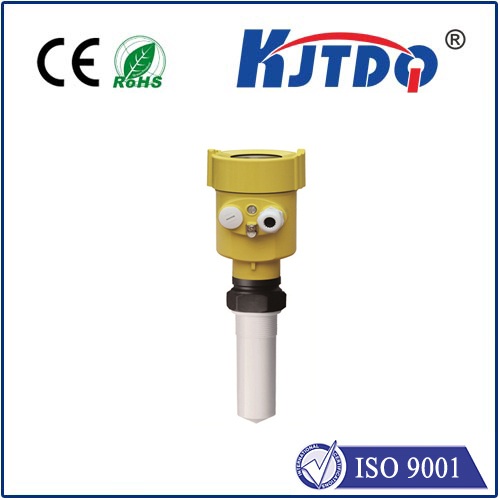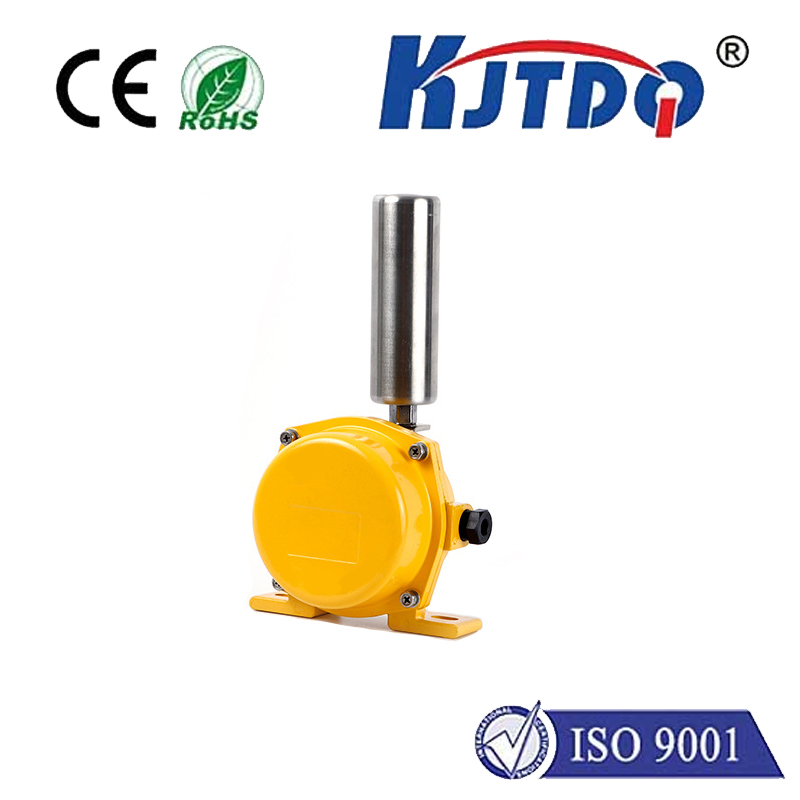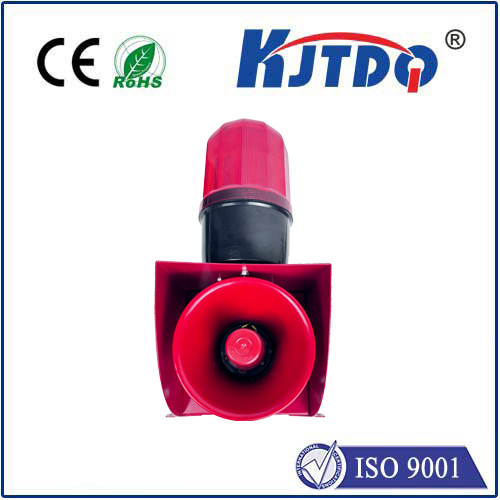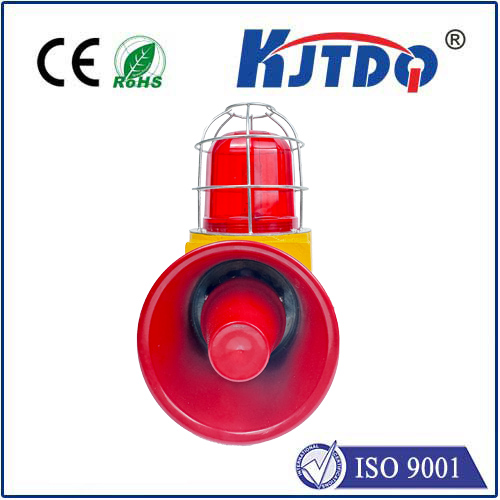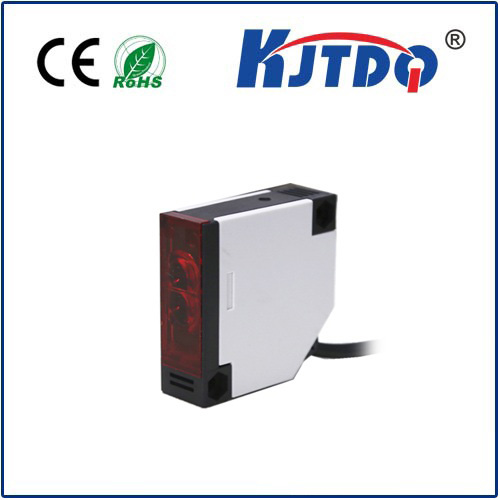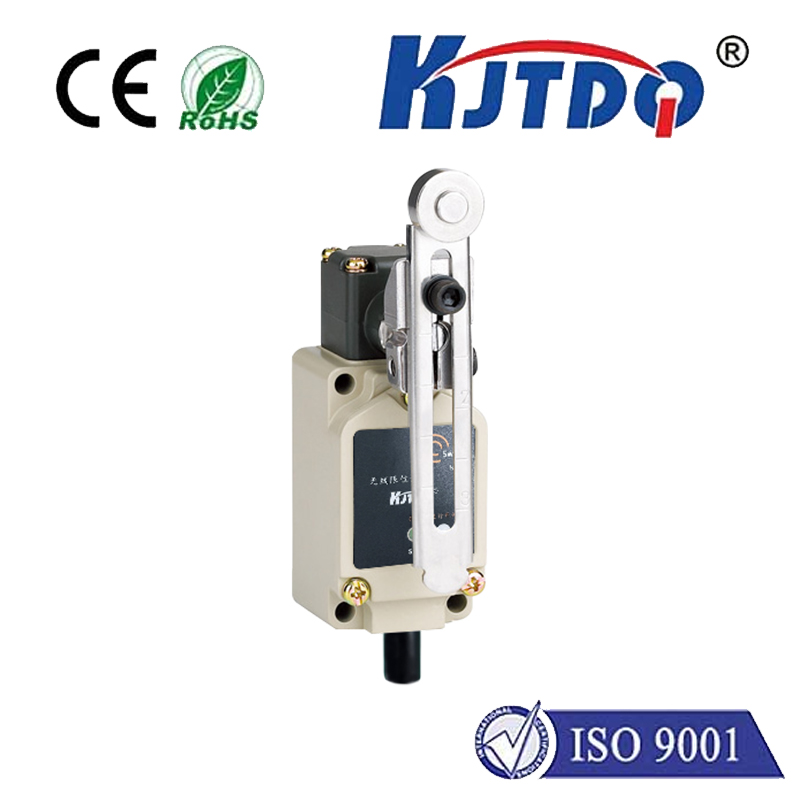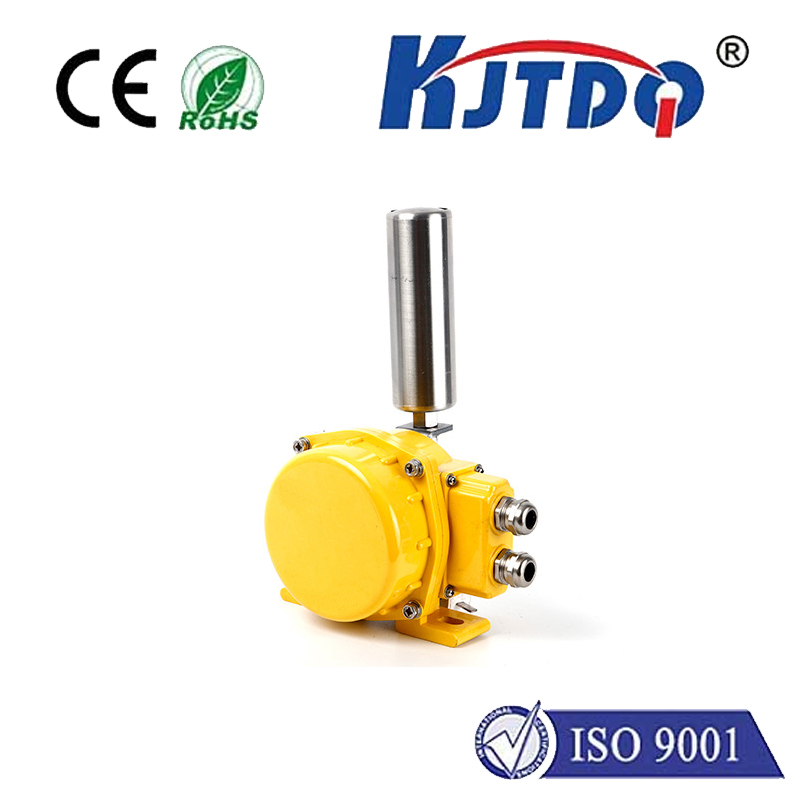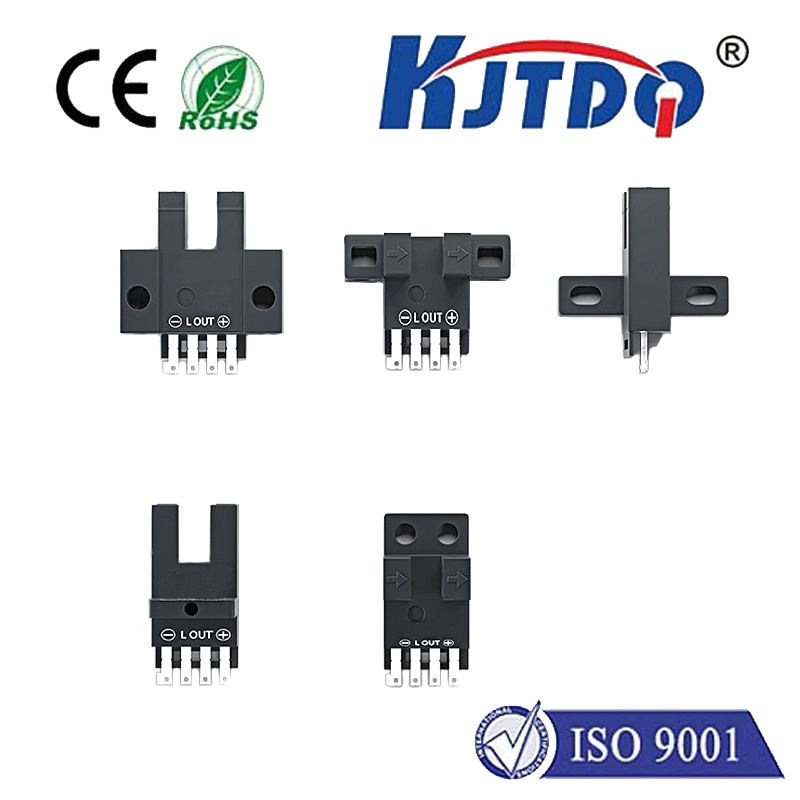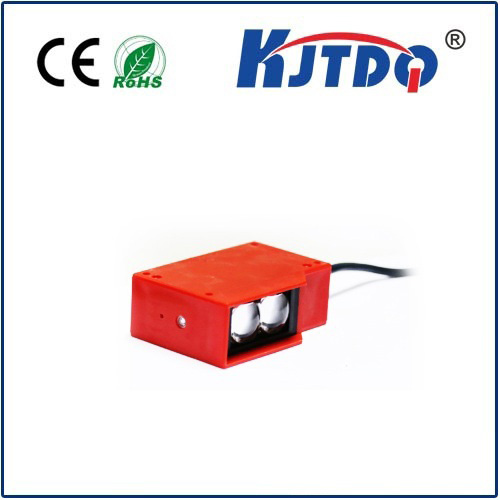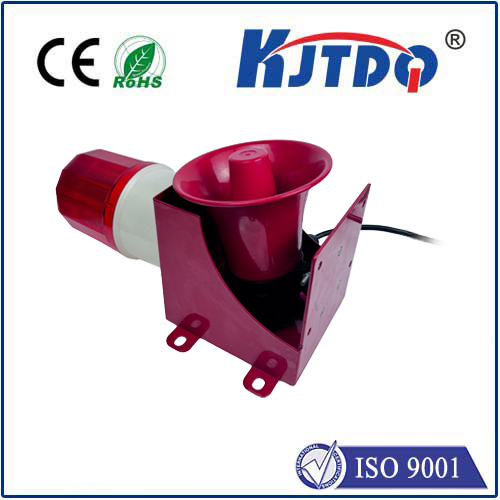
check

check

check

check

check

check

check

check

check
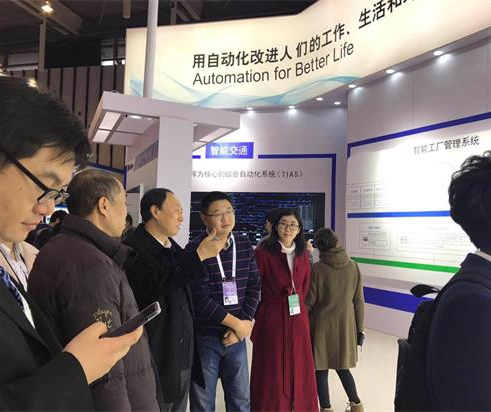
check
Introduction:
In recent years, inductive and capacitive proximity sensors have become increasingly popular due to their versatility and ability to detect objects at varying distances. These sensors are widely used in various industries, including automotive, healthcare, and manufacturing, to improve efficiency and accuracy in a variety of applications. This article will provide an overview of inductive and capacitive proximity sensors, their working principles, and their applications in different sectors.
Section 1: Working Principles of Inductive and Capacitive Proximity Sensors
Inductive proximity sensors work by using a magnetic field to create an electrical current in a coil around the sensor. When an object comes into contact with the coil, it disrupts the magnetic field, causing a change in the electrical current. The sensor then calculates the distance between the object and the coil based on the strength and duration of the current.
Capacitive proximity sensors, on the other hand, use a capacitor to measure the distance between two electrodes placed on opposite sides of an object. When an object comes into contact with one of the electrodes, it increases the capacitance between them, causing a change in the voltage across the circuit. The sensor then calculates the distance based on the frequency of the voltage changes.
Section 2: Applications of Inductive and Capacitive Proximity Sensors
There are numerous applications for inductive and capacitive proximity sensors, each offering unique advantages depending on the specific requirements of the application. Some common examples include:
1. Automotive Industry: Inductive and capacitive proximity sensors are extensively used in automotive systems, such as collision detection, lane departure warning, and automatic parking assist. They provide accurate and efficient sensing capabilities that help enhance vehicle safety.
2. Healthcare Industry: Proximity sensors can be integrated into medical devices such as wearable health monitors to track vital signs and remind patients to take their medication. They also offer non-invasive methods for detecting diseases like diabetes, hypertension, and heart disease.
3. Manufacturing Industry: Inductive and capacitive proximity sensors are used to monitor production processes, detect equipment failures, and prevent accidents. They provide real-time data that helps optimize production efficiency and reduce costs.
4. Home Automation: Proximity sensors can be embedded in home automation systems to control lighting, security systems, and appliances based on user presence or absence. This offers convenience and energy savings while enhancing home security.
Conclusion:
In summary, inductive and capacitive proximity sensors play a crucial role in various industries by providing accurate and efficient sensing capabilities. Their diverse range of applications ensures they remain a valuable tool for improving safety, efficiency, and convenience in modern society. As technological advancements continue, we can expect these sensors to evolve further and open up new possibilities for their application.
